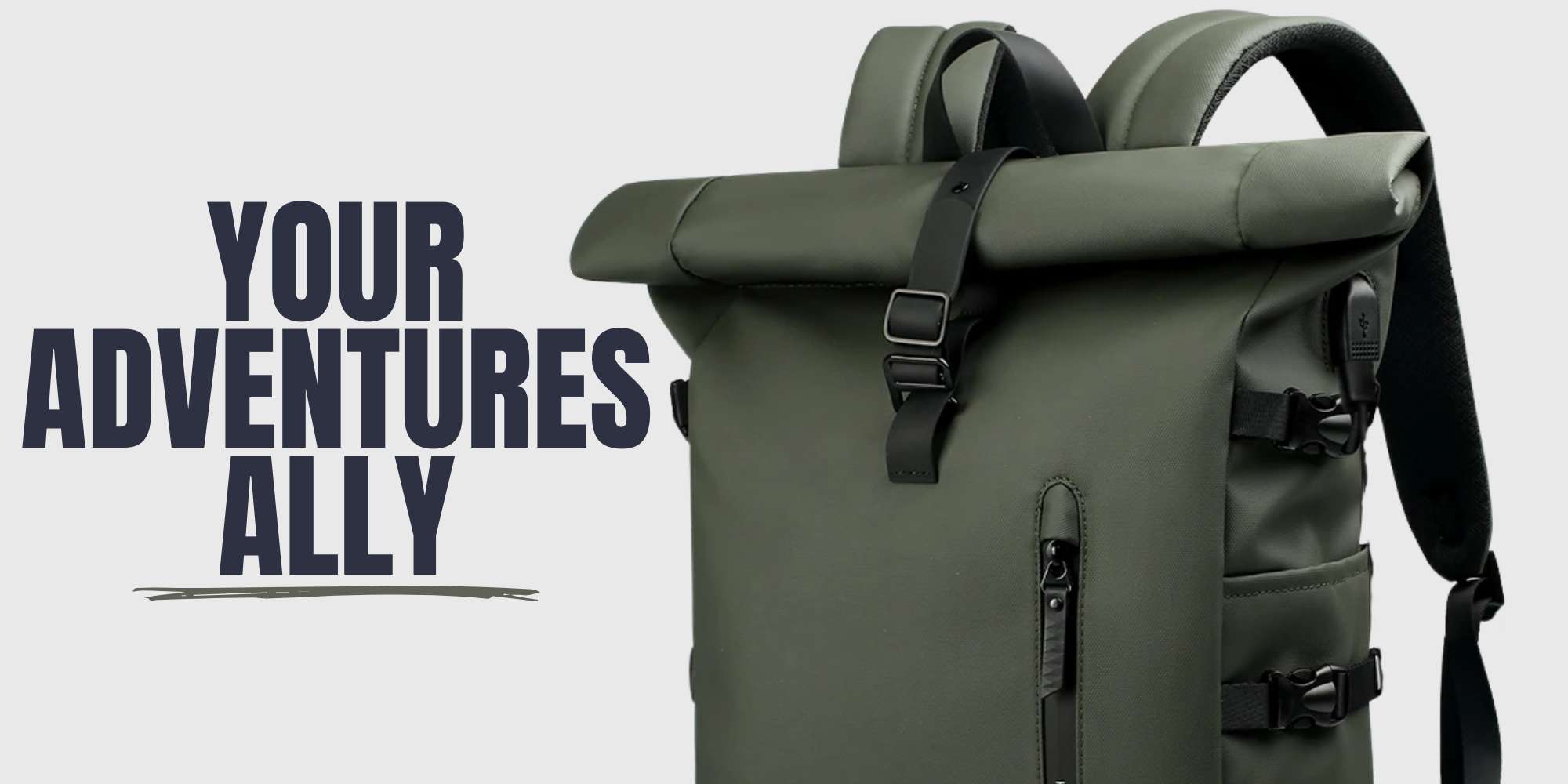
Commuter Backpacks
-

Canvas Backpack
Vintage backpacks
Sport Backpacks
-

Gym Backpack
Choosing the Perfect Gym Backpack for Your Fitness Journey When embarking on...
-

Running Backpack
In the world of running, where freedom and endurance reign supreme, the...
Kids backpacks
-

Toddler Backpack
Embarking on the journey of early childhood brings a world of discovery,...
-

Middle School Backpack
Middle school is a time of transformation, new challenges, and burgeoning independence....
-

High School Backpacks
Transitioning into high school is a significant step in a student's journey,...









